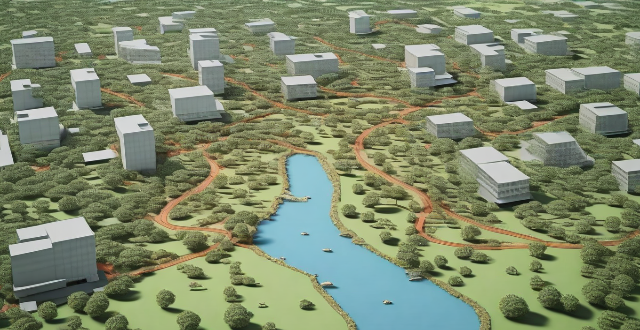Communities worldwide face challenges due to climate change, necessitating enhanced resilience. Key strategies include building awareness through education and training, upgrading infrastructure with sustainable solutions, conserving ecosystems, integrating climate considerations into planning, diversifying economies, and engaging communities in decision-making processes. These efforts not only help communities adapt but also contribute globally to combating climate change.

How Can Communities Improve Their Resilience to Climate Change?
Introduction
Climate change poses significant challenges for communities worldwide. Increasing temperatures, changing precipitation patterns, and more frequent extreme weather events are just some of the consequences that communities must adapt to. Enhancing resilience to climate change is crucial for ensuring the sustainability and well-being of these communities. This article explores strategies that communities can adopt to improve their resilience against the impacts of climate change.
Key Strategies for Enhancing Community Resilience
1. Building Awareness and Education
- Understanding the Risks: Educating community members about the potential impacts of climate change helps in understanding the risks and preparing for them.
- Capacity Building: Training programs can empower individuals with skills needed to respond effectively to climate-related emergencies.
2. Infrastructure and Technology Advancements
- Sustainable Infrastructure: Upgrading infrastructure to withstand extreme weather conditions, such as flood-resistant buildings and drought-tolerant water systems, is essential.
- Green Technologies: Investing in renewable energy sources and energy-efficient technologies reduces the carbon footprint and dependence on non-renewable resources.
3. Ecosystem Conservation and Management
- Protecting Natural Habitats: Preserving forests, wetlands, and other natural habitats helps maintain ecosystem services that support community resilience.
- Restoration Projects: Rehabilitating degraded lands and promoting biodiversity can strengthen the natural defenses against climate change impacts.
4. Community Planning and Governance
- Integrated Planning: Incorporating climate change considerations into urban planning and development can create resilient and sustainable communities.
- Effective Governance: Strong leadership and clear policies are vital for coordinating actions and resources towards building resilience.
5. Economic Diversification and Adaptation
- Diversifying Economies: Dependency on a single sector, especially if it's climate-sensitive, increases vulnerability. Diversifying economic activities can spread risk and increase adaptability.
- Adaptation Strategies: Identifying vulnerable sectors and developing adaptation plans, such as shifting crop varieties or adjusting fishing practices, can mitigate adverse effects.
6. Community Engagement and Partnerships
- Active Participation: Engaging community members in decision-making processes fosters ownership and commitment to implementing resilience strategies.
- Partnerships: Collaborating with government agencies, NGOs, and private sector entities can provide additional resources and expertise for resilience efforts.
Conclusion
Improving community resilience to climate change requires a multifaceted approach involving awareness, infrastructure improvements, conservation efforts, strategic planning, economic adjustments, and active community engagement. By adopting these strategies, communities can not only withstand current and future climate challenges but also contribute positively to the global effort in combating climate change.